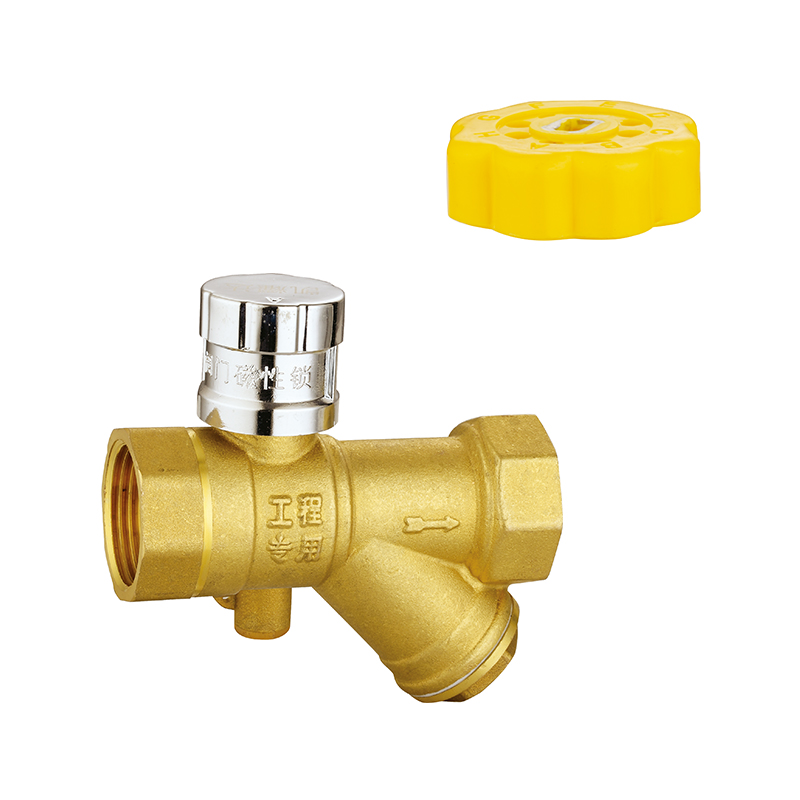Key Parts of Plumbing Components for Hydrothermal Distribution Supply
Hydrothermal distribution systems are essential in modern plumbing for efficiently distributing heated water to various areas, ensuring both comfort and energy efficiency in homes, businesses, and industrial facilities. These systems rely on a variety of plumbing components that work together to transport hot water from its source to where it is needed. Understanding the key parts of these Plumbing Components For Hydrothermal Distribution Supply is crucial for both design and maintenance to ensure performance.

1. Pipes and Tubing
Pipes and tubing form the backbone of any hydrothermal distribution system. They are responsible for carrying hot water from the heat source, such as a boiler or water heater, to the various points of use (e.g., faucets, showers, radiators). The materials and dimensions of the pipes are key considerations in ensuring a safe, efficient, and durable system.
Common Materials:
Copper: Known for its durability and heat resistance, copper pipes are commonly used in residential and commercial plumbing for hydrothermal systems.
PEX (Cross-linked Polyethylene): PEX tubing has gained popularity due to its flexibility, ease of installation, and resistance to corrosion. It is often used for both hot and cold water systems.
CPVC (Chlorinated Polyvinyl Chloride): CPVC is another plastic option often used in hot water applications because it can withstand higher temperatures than regular PVC.
Key Considerations:
Insulation: Pipes used in hydrothermal systems are often insulated to minimize heat loss during transport, improving energy efficiency.
Size: The diameter of the pipes needs to be adequate to handle the required water flow and pressure for the system's size and demand.
2. Valves
Valves are crucial for controlling the flow of hot water within the system, as well as for isolating certain sections for maintenance or repair. There are several types of valves used in hydrothermal systems, each with a specific function.
Common Types:
Ball Valves: These are widely used to control the flow of water. They are easy to operate, offering on/off control, and are highly durable.
Check Valves: Check valves prevent backflow, ensuring that heated water flows in one direction only, avoiding contamination and ensuring the proper functioning of the system.
Pressure Relief Valves: These valves are designed to protect the system from excessive pressure. If the pressure exceeds a set limit, the valve will release water to prevent damage to the pipes or water heater.
Key Considerations:
Location: Valves should be strategically placed at key points in the system, such as near water heaters, pumps, and branch connections, for easy access and maintenance.
3. Water Heaters and Boilers
A central part of the hydrothermal distribution system is the water heater or boiler, which heats the water before it is distributed throughout the system. The type of water heater or boiler used depends on the specific needs of the building, including the required hot water capacity and energy efficiency preferences.
Types of Water Heaters:
Tankless Water Heaters: These provide hot water on demand and are energy-efficient, as they heat water only when needed, eliminating standby heat loss.
Storage Water Heaters: These traditional water heaters store hot water in a tank and are ideal for systems with consistent hot water needs.
Boilers: In larger systems, especially for hydronic heating or steam-based systems, a boiler is used to heat water or steam, which is then circulated through radiators or underfloor heating.
Key Considerations:
Capacity: The heater or boiler should be sized appropriately to meet the hot water demand of the entire system, taking into account peak usage times and number of fixtures.
Energy Source: Water heaters can be powered by electricity, gas, or renewable energy sources such as solar or heat pump technology. Choosing the right energy source impacts both the operational costs and environmental impact of the system.



 English
English русский
русский Español
Español عربى
عربى


